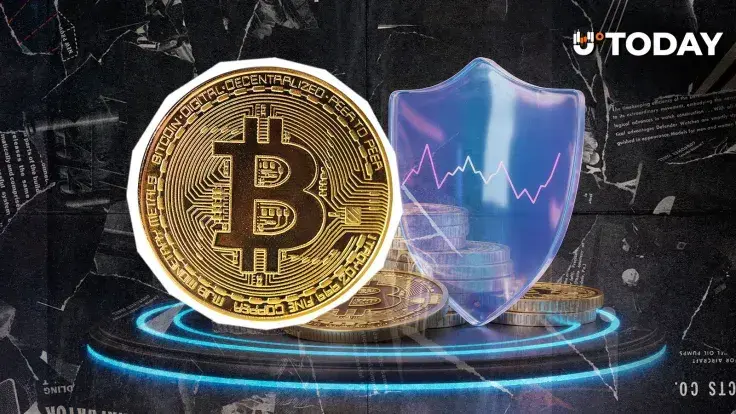Pundit: “Federal Reserve Research Already Confirmed XRP Role in Secure Payment,” Here’s How
- Federal Reserve study confirms BFT’s role in secure payment systems.
- XRP, XLM, and HBAR already use advanced BFT technology.
- ISO 20022 compliance strengthens XRP, XLM, and HBAR’s position.
A financial pundit has sparked renewed discussion after pointing out that Federal Reserve research had already validated the consensus models powering XRP, XLM, and HBAR. According to SMQKE, the Federal Reserve previously recognized Byzantine Fault Tolerant (BFT) systems as one of the most secure and scalable frameworks for modern payment networks.
Federal Reserve Research Validates BFT Systems
The post referenced an official study published under the Federal Reserve’s Finance and Economics Discussion Series titled “Heraclius: A Byzantine Fault Tolerant Database System with Potential for Modern Payment Systems.”
The research highlighted that BFT-based models can maintain high security while achieving remarkable processing speeds, reportedly exceeding 100,000 transactions per second.
Researchers described Byzantine Fault Tolerance as a model that ensures a network continues operating even when some nodes fail or act dishonestly. This finding established BFT as a benchmark for distributed systems, outperforming older mechanisms such as Proof of Work and Proof of Stake that often struggle with efficiency and energy use.
Also Read: ChartNerd Analysis: XRP Supply Shock to Trigger $13-$27 Rally
Consequently, SMQKE noted that XRP, along with Stellar’s XLM and Hedera’s HBAR, had already implemented variations of this model long before the Federal Reserve’s publication. These networks use consensus structures derived from BFT, such as Federated Byzantine Agreement in Ripple and Stellar, and Asynchronous Byzantine Fault Tolerance in Hedera Hashgraph.
Why the Federal Reserve’s Recognition Matters
The Federal Reserve’s acknowledgment of BFT technology is viewed as a strong endorsement of the architecture supporting these digital assets. Moreover, it aligns with their design as fast, energy-efficient, and resilient payment systems suited for large-scale financial use.
Additionally, XRP, XLM, and HBAR are all ISO 20022 compliant, the international messaging standard for global banking interoperability. Hence, analysts argue that this compatibility positions them as ideal candidates for integration within regulated financial infrastructures.
According to SMQKE, the study effectively laid the foundation for the ongoing shift toward incorporating private digital assets into official payment frameworks. The observation has reignited optimism within the digital asset community, as the link between past Federal Reserve research and current blockchain adoption trends becomes increasingly clear.
Also Read: TRUMP Token Rises Over 50% as Trump Seeks $230 Million From Justice Department
The post Pundit: “Federal Reserve Research Already Confirmed XRP Role in Secure Payment,” Here’s How appeared first on 36Crypto.
You May Also Like

The Big Whale Has Gone All In: Accelerating Heavy Buying in This Altcoin

Bitcoin Core Drops Four New Security Alerts, What’s at Risk?
